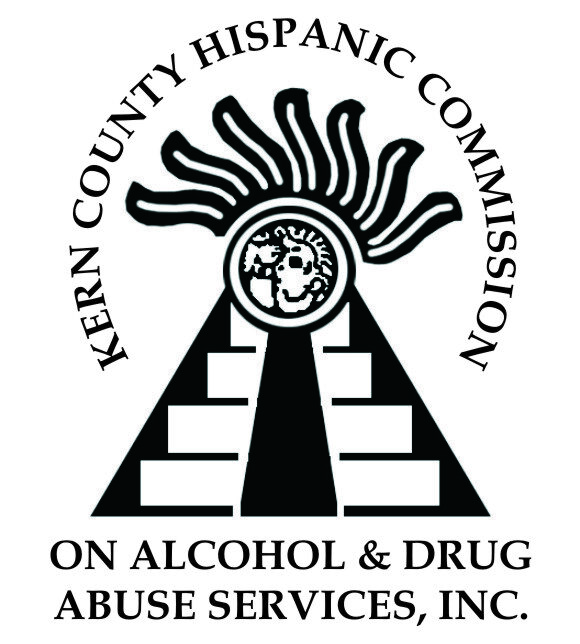Recovery from substance use is a journey fraught with challenges, but adopting a holistic approach can significantly enhance the chances of success. Beyond traditional therapies and medications, incorporating exercise and healthy living into one’s recovery plan can play a pivotal role in rebuilding physical and mental well-being. In this article, we explore the profound impact of exercise and a healthy lifestyle on substance use recovery.

The Link Between Exercise and Mental Health:
1. Neurotransmitter Regulation:
Exercise has been shown to positively impact neurotransmitter levels in the brain. Regular physical activity stimulates the release of endorphins, the body’s natural mood lifters, which can counteract the effects of stress and anxiety – common triggers for substance use.
2. Improved Cognitive Function:
Substance use often takes a toll on cognitive function. Exercise, however, has been proven to enhance cognitive abilities, including memory and concentration. This cognitive boost can aid individuals in making more informed decisions and resisting the urge to relapse.
3. Stress Reduction:
Stress is a common factor contributing to substance use. Engaging in regular exercise, whether it’s jogging, yoga, or weightlifting, helps the body manage stress more effectively. This, in turn, reduces the likelihood of turning to substances as a coping mechanism.
The Role of Healthy Living:
1. Nutrition for Recovery:
A balanced diet is crucial for recovery, as substance use often depletes the body of essential nutrients. Proper nutrition supports physical healing, boosts energy levels, and contributes to overall well-being. A diet rich in vitamins, minerals, and antioxidants can aid in repairing the damage caused by substance abuse.
2. Establishing Routine:
Healthy living involves establishing a structured routine. Having a schedule that includes regular meals, exercise, and adequate sleep can provide stability and a sense of purpose, reducing the likelihood of relapse.
3. Social Connection:
Isolation is a common challenge in recovery. Engaging in healthy living often involves participating in group activities or classes, fostering a sense of community and reducing feelings of loneliness. Social connection is a powerful motivator and support system for those on the path to recovery.

Implementing Exercise and Healthy Living in Recovery:
1. Consultation with Healthcare Professionals:
Before embarking on a new exercise or dietary regimen, individuals in recovery should consult with healthcare professionals to ensure that their chosen activities align with their health needs and any potential medication requirements. Substance use can lead to health complications, so it’s important to have a doctor check on your health frequently.
2. Start Slow and Build Consistency:
Recovery is a gradual process, and the same applies to incorporating exercise and healthy living. Starting with small, manageable goals and gradually increasing intensity can make the process more sustainable and enjoyable.
3. Explore Various Activities:
Finding the right form of exercise is crucial. Whether it’s hiking, swimming, dancing, or practicing mindfulness through yoga, exploring different activities can help individuals discover what resonates best with them.
In the multifaceted journey of substance use recovery, the integration of exercise and healthy living emerges as a powerful ally. The physical, mental, and emotional benefits of adopting a holistic approach to well-being can significantly contribute to sustained recovery. By addressing both the physiological and psychological aspects of addiction, individuals can build a strong foundation for a healthier, more fulfilling life.
Support our mission!
